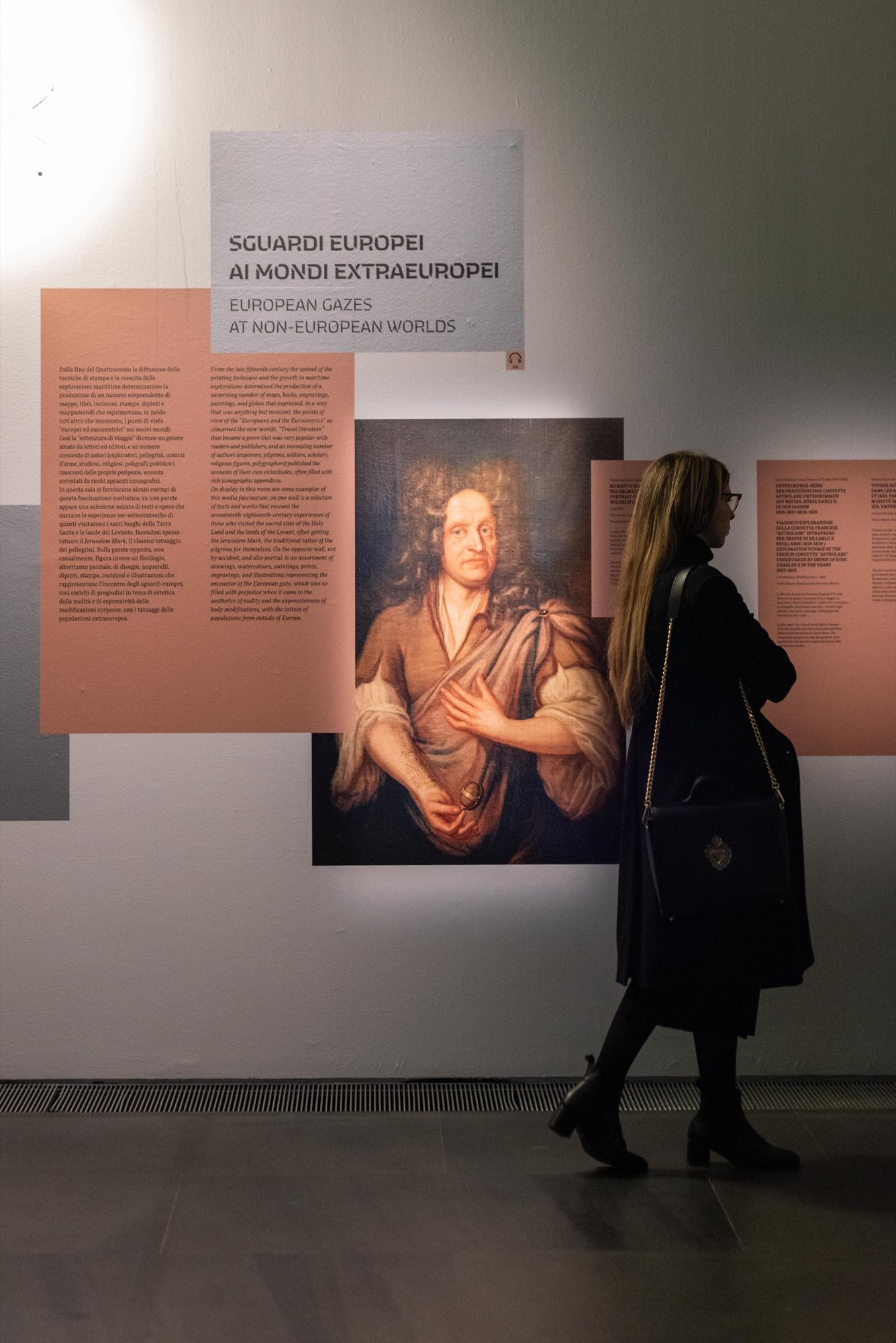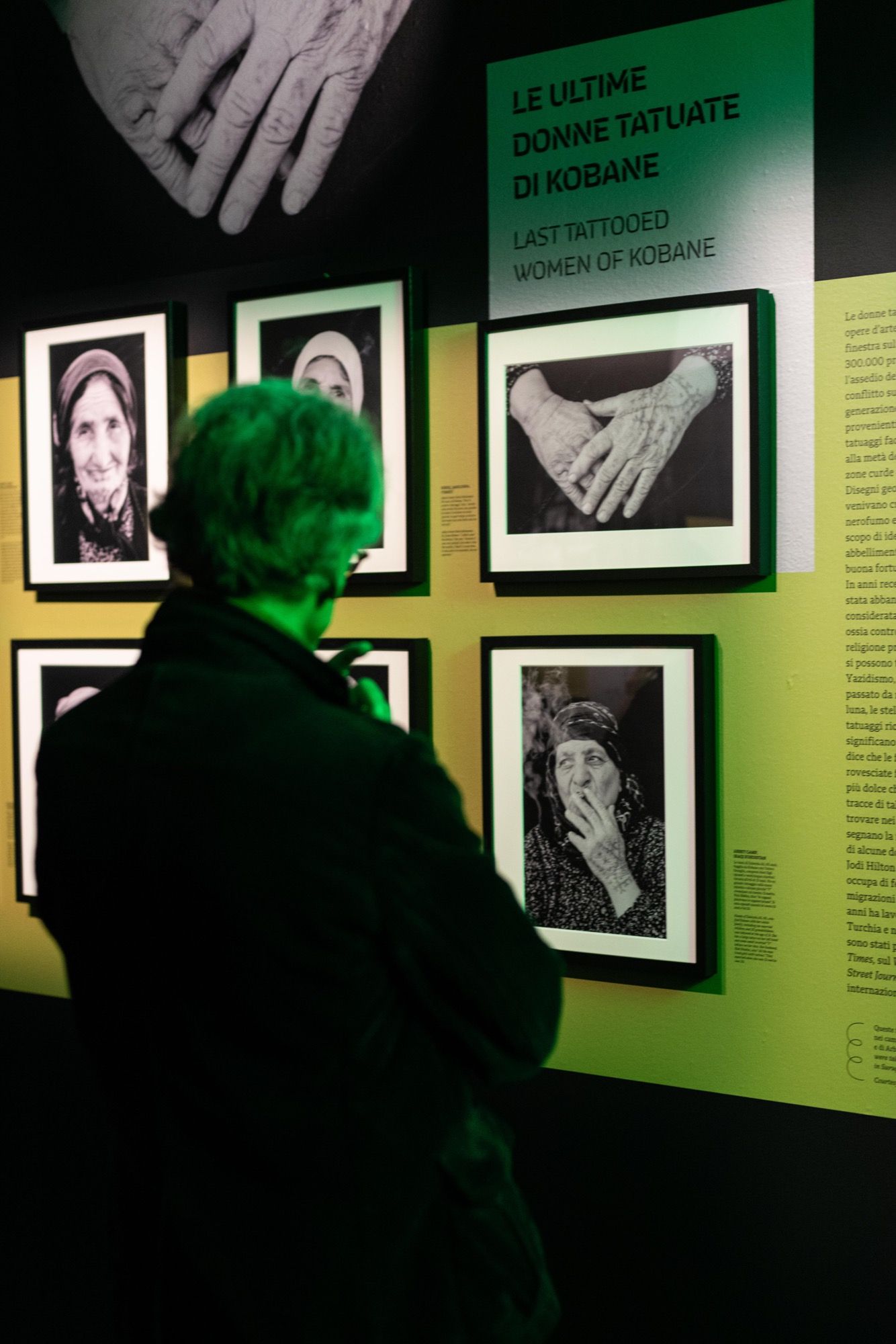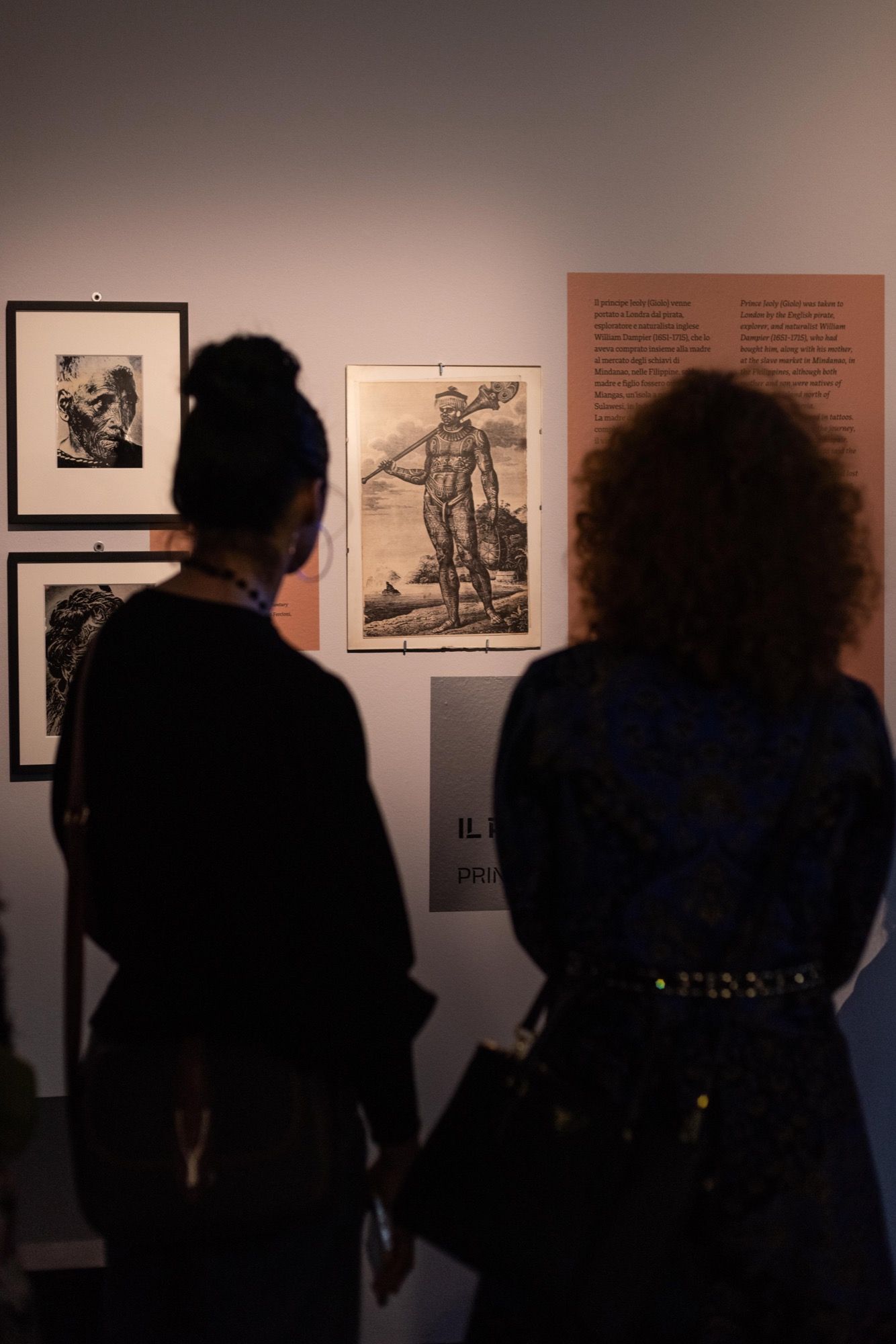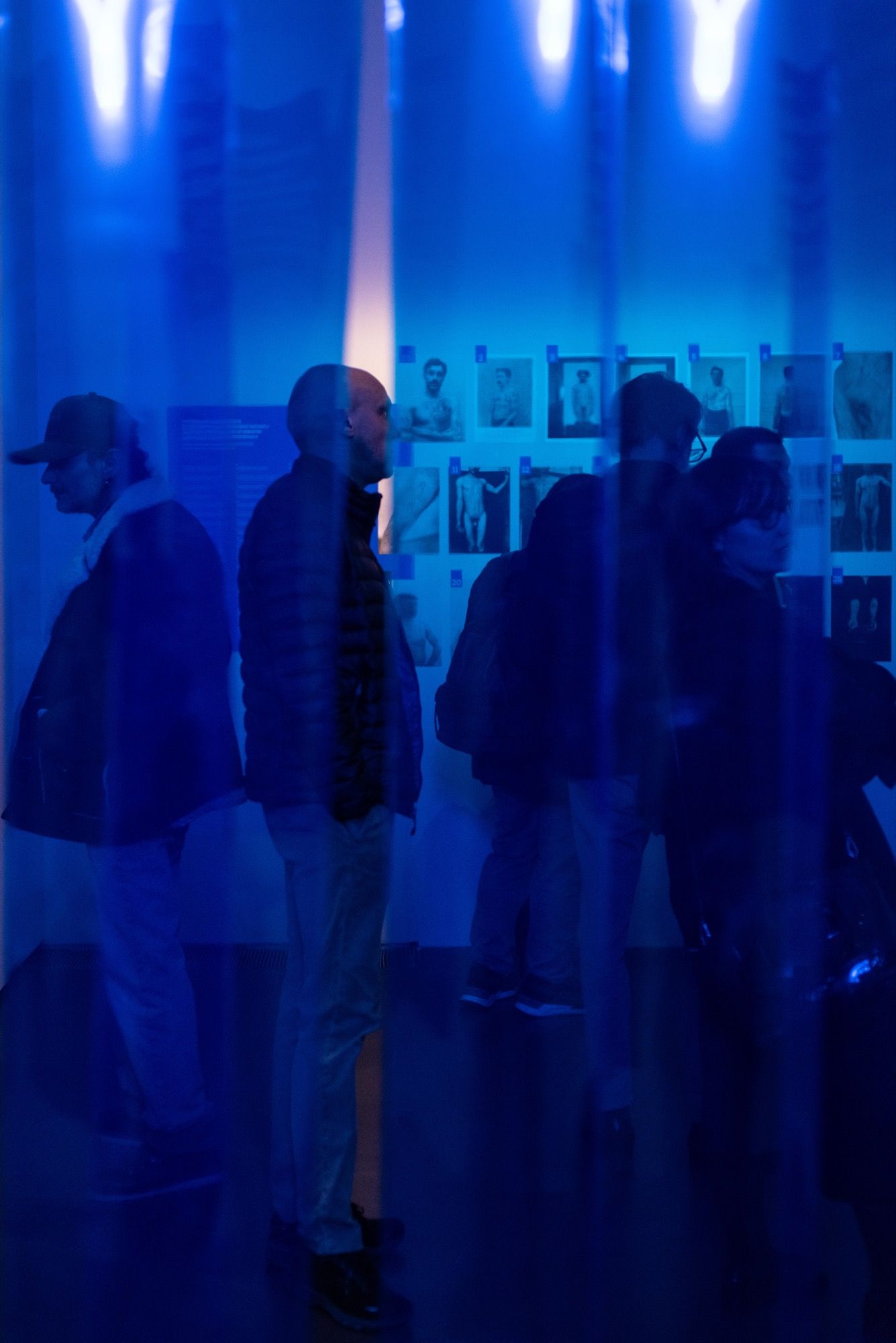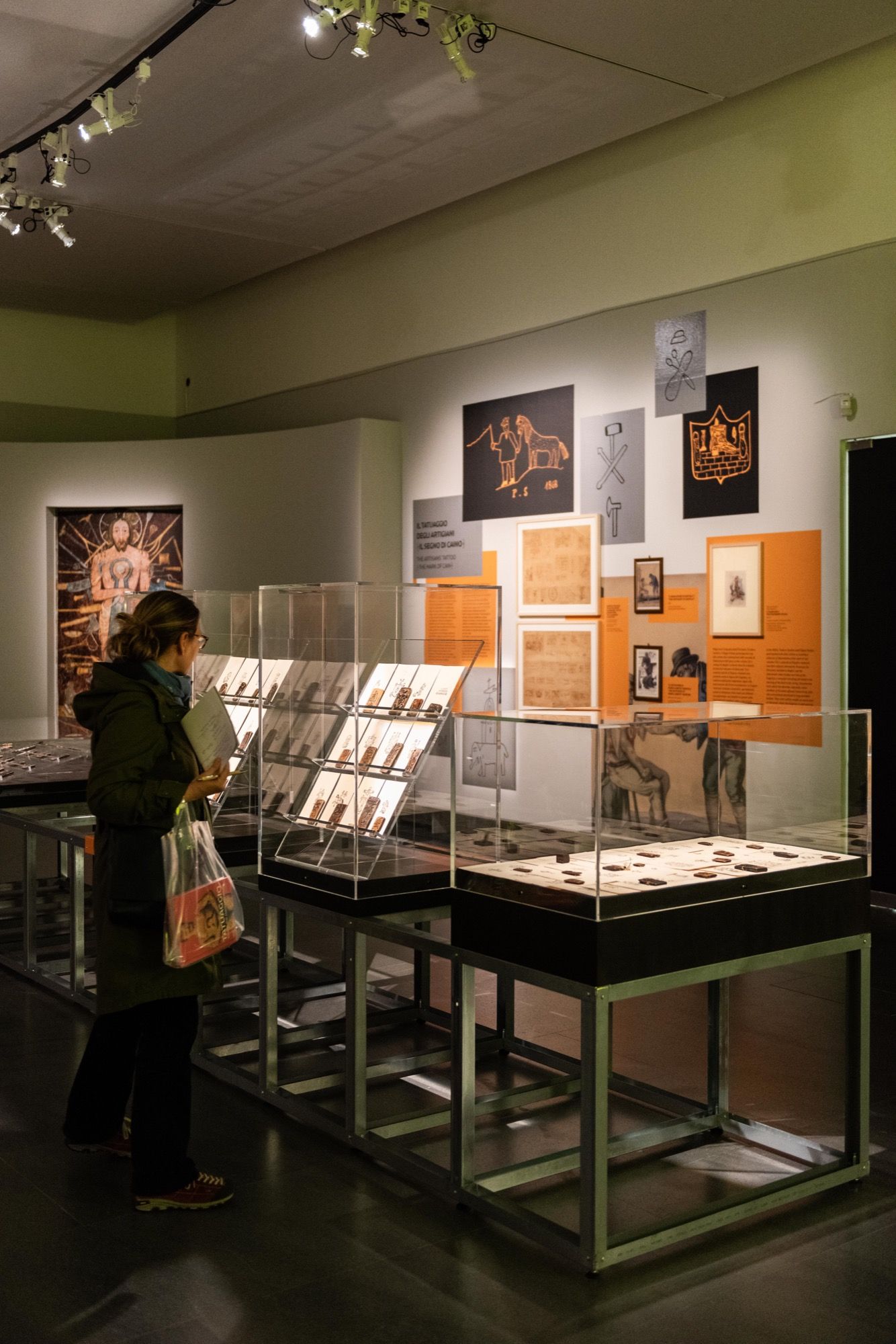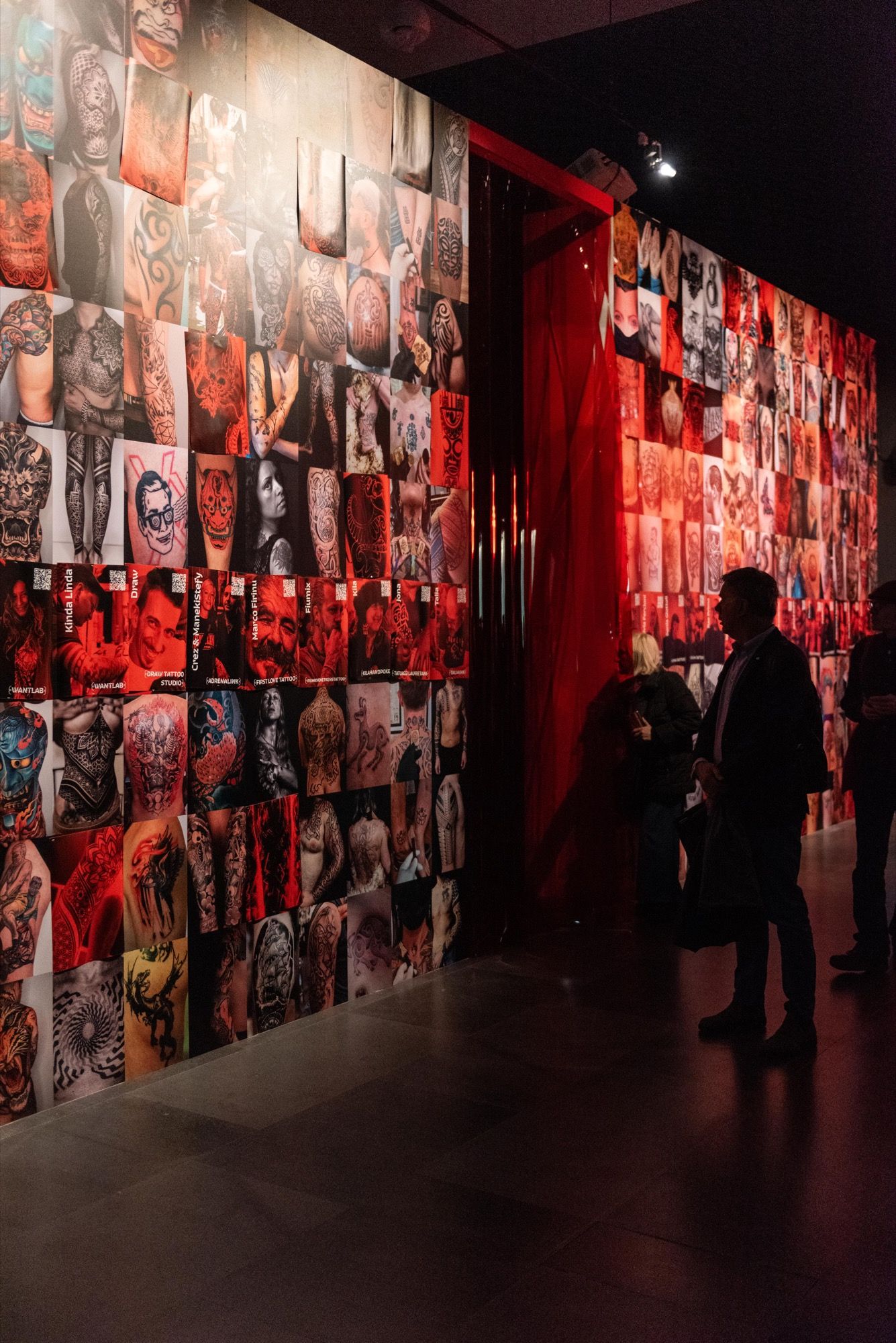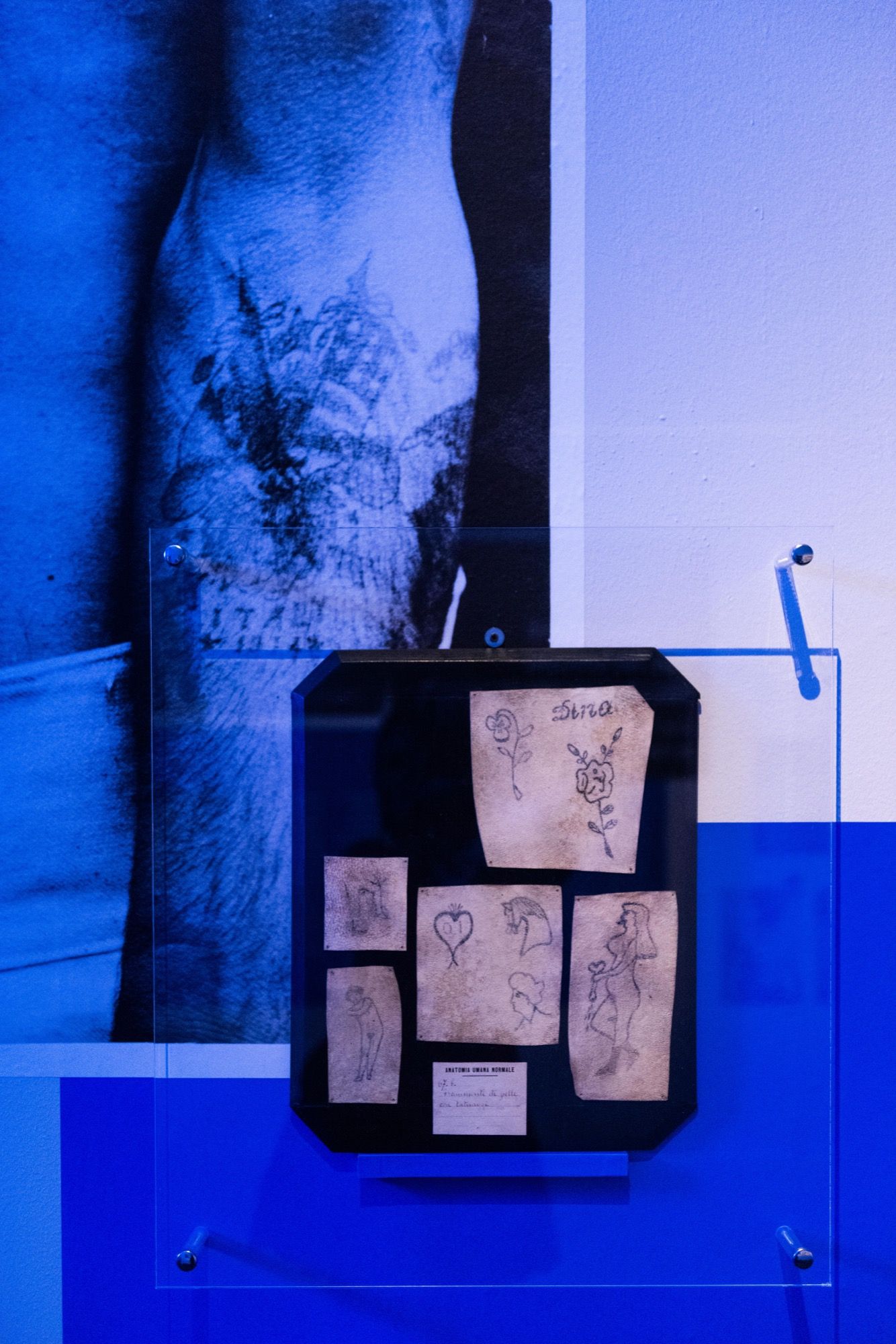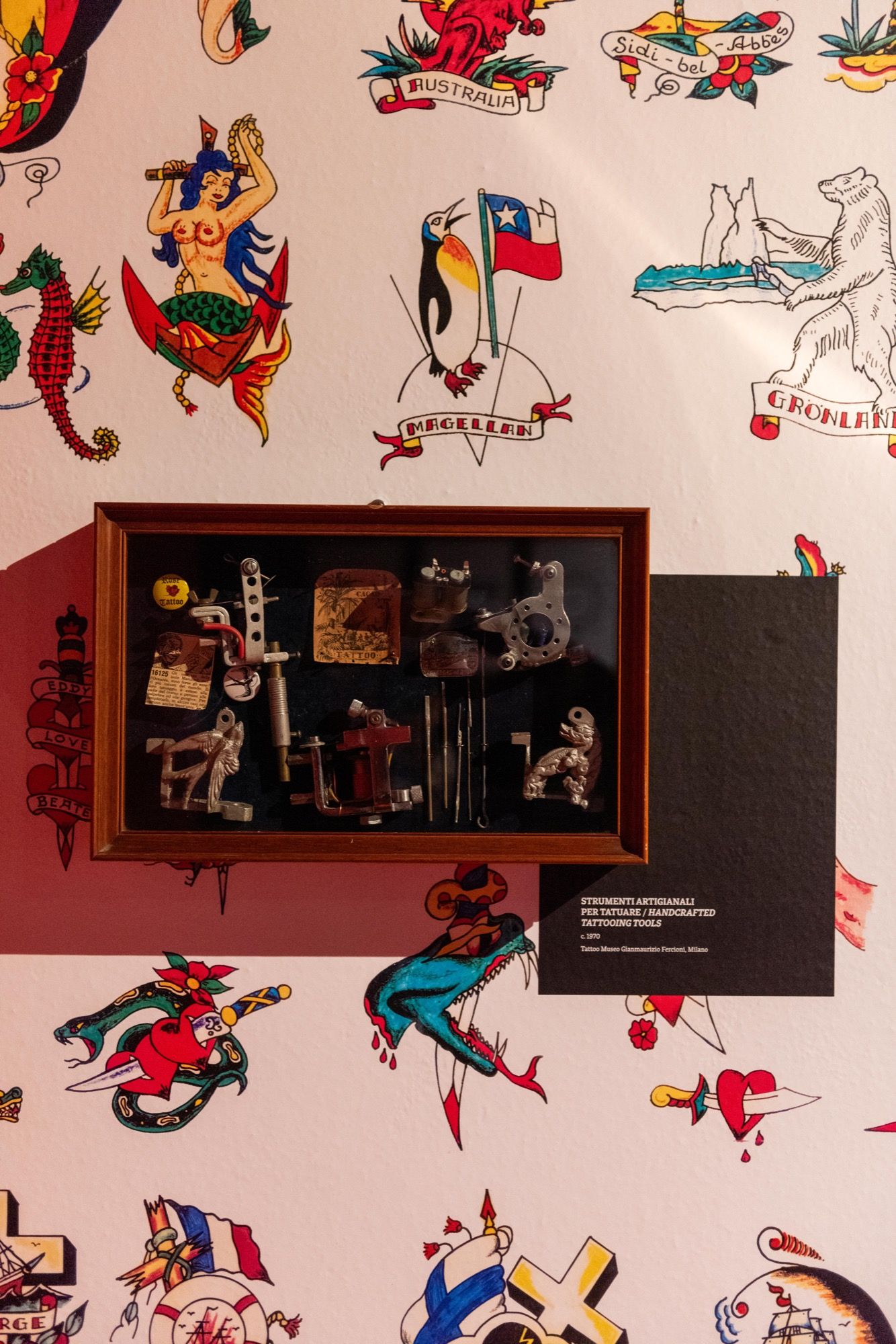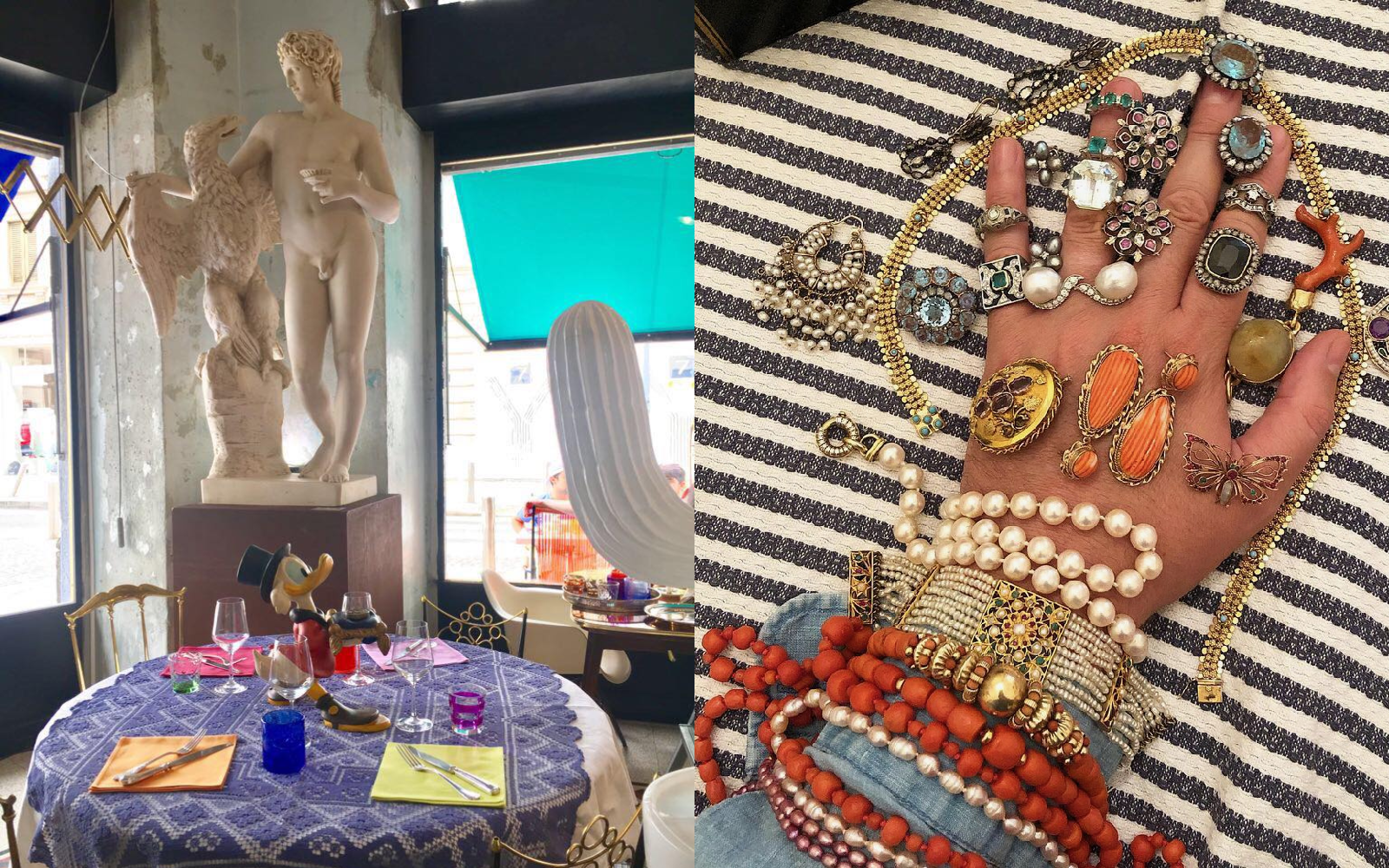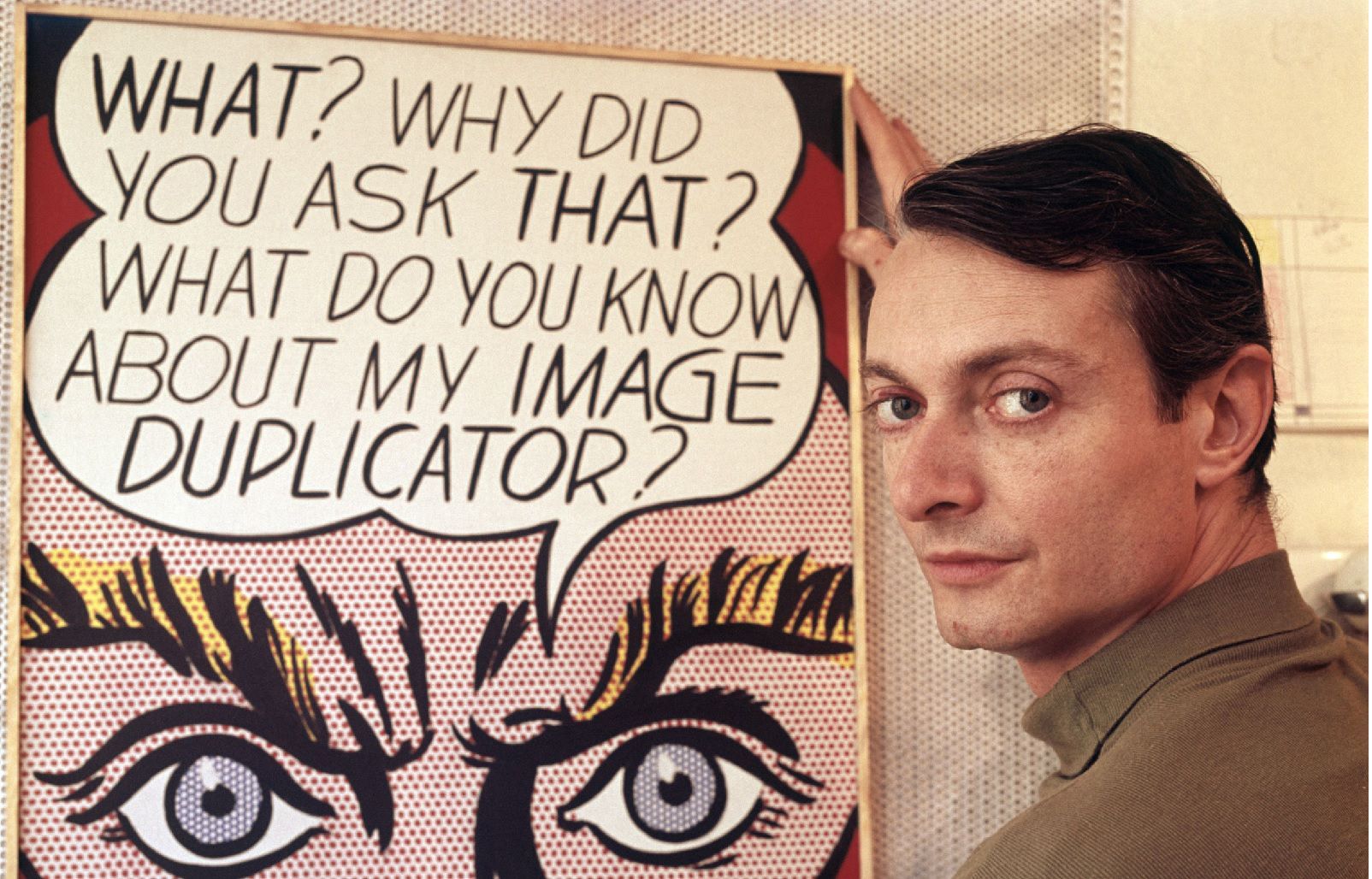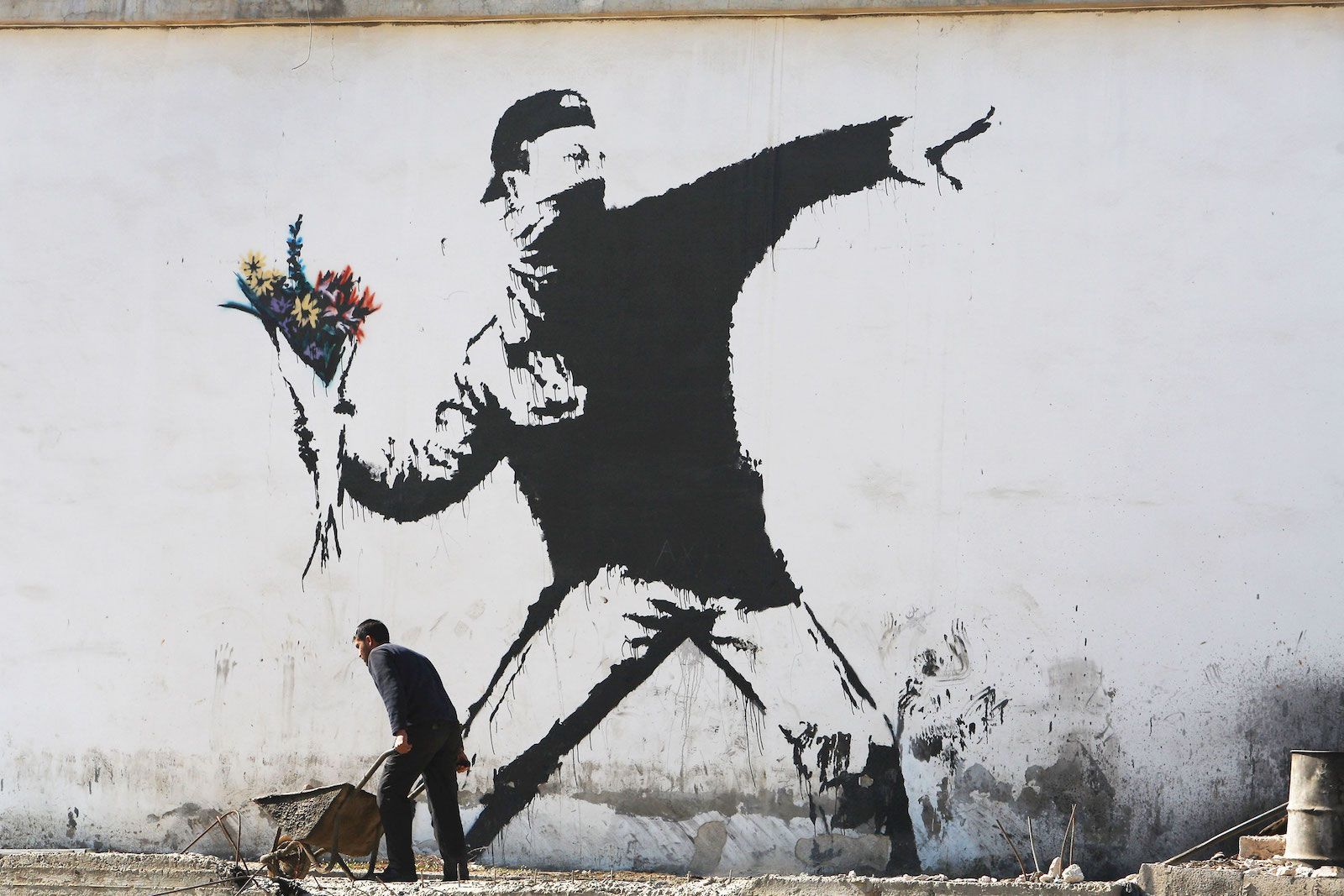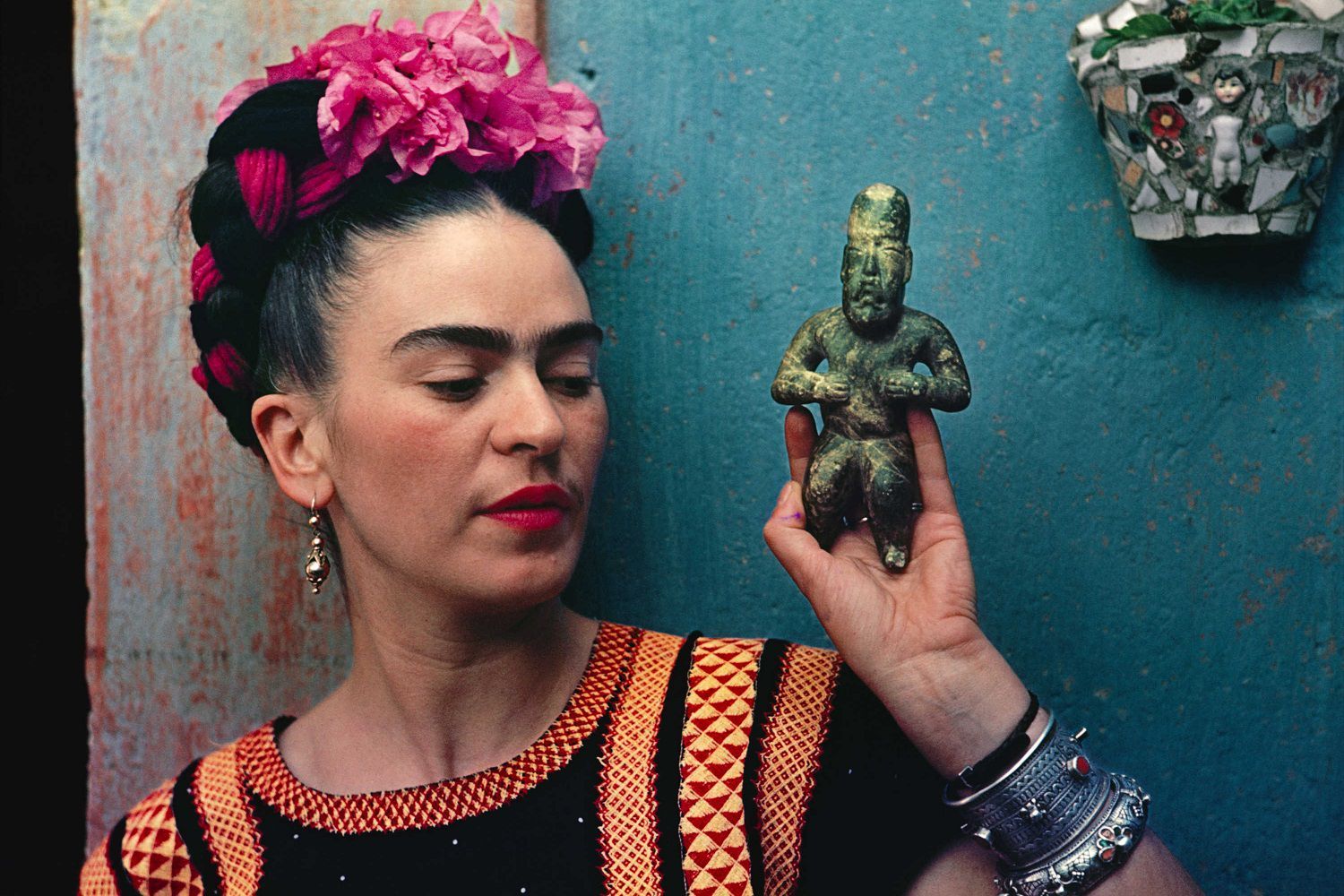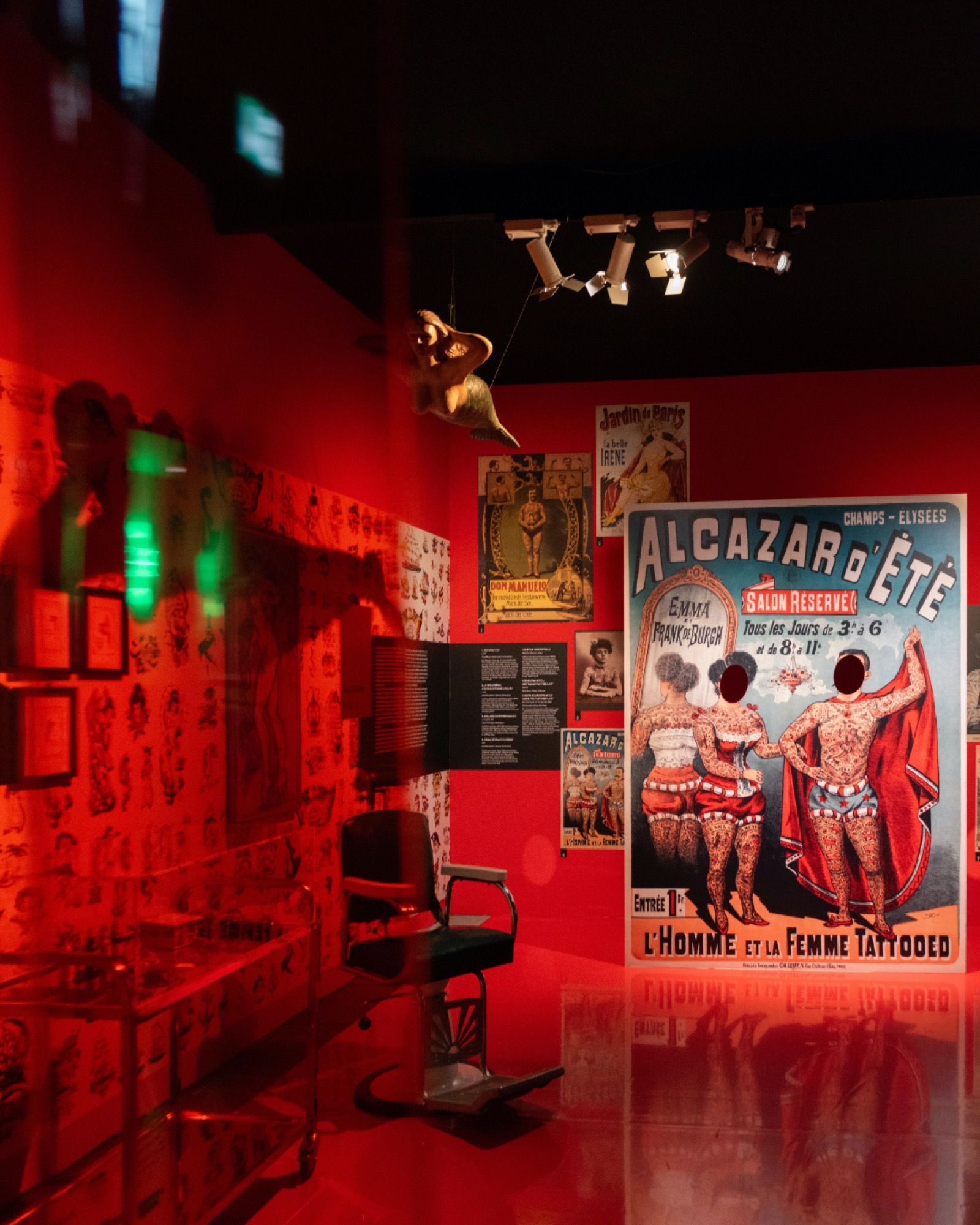
A journey through the exhibition 'Tattoo: Stories from the Mediterranean' at the MUDEC Discovering a practice with a history stretching back thousands of years
«It's not exactly known why tattooing has always fascinated humans, nor are the origins and roots of the impulse that attracts them to it.» This is how the curator of the exhibition and leading Italian expert on tattoo history Luisa Gnecchi Ruscone introduces Tattoo: Stories from the Mediterranean, a journey that encourages visitors to discover the reality of contemporary tattooing that reinterprets meanings and cultural messages. Gnecchi Ruscone further emphasized that «it is certain that the act of inscribing an indelible mark on one's skin is indissolubly linked to the primary act of making art, with any instrument, and probably this mystery is still an integral part of its fascination.» In addition to Luisa Gnecchi Ruscone's introduction, co-curator Guido Guerzoni highlighted that «for the first time, astonishing Italian materials are presented, documenting the millennia-old persistence of a tricolor tradition that from antiquity has arrived intact until the mid-twentieth century, demonstrating that tattooing is not an exotic Polynesian invention but a practice that has never disappeared from European territory and the Mediterranean basin.»
The exhibition, designed by the Dotdotdot design studio, enhances through a skillful graphic and multimedia composition a rich documentation of objects, historical artifacts, tools, sound materials, video installations, infographics, prints, engravings, texts, and reproductions from various institutions and museum collections. Through the display of original artifacts, reproductions, and projections of photographs and films, the exhibition traverses five thousand years of human history: starting from Ötzi, the oldest tattooed man whose body has been found so far in a state of natural mummification, delving into the traditions of the Egyptians and the Romans and Greeks. Visiting the exhibition provides an opportunity to delve into the research of anthropologists Cesare Lombroso and Alexandre Lacassagne who investigated the historical period from the mid-nineteenth century to the early twentieth century, during which tattooing was associated with marginalized individuals, prisoners, giving rise to prejudice against a practice considered primitive and atavistic, unworthy of civilized man.
Furthermore, the exhibition explores the journey of tattooing in the Western world, in the form we know it today. Modern tattooing emerged when Captain James Cook, a British explorer, navigator, and cartographer, brought back from Polynesia the first tattooed man, Prince Omai, and presented him to the court of England, captivating the audience to the point of earning a portrait by the renowned artist Joshua Reynolds. But this is just a glimpse of the exhibition, which also includes the presentation of an old-style tattoo studio, inside which reprints of posters belonging to the circus universe find space, which, for much of the second half of the nineteenth century and until the end of the First World War, attracted crowds to admire up close the tattooed bodies, considered as mysterious as scandalous.










































